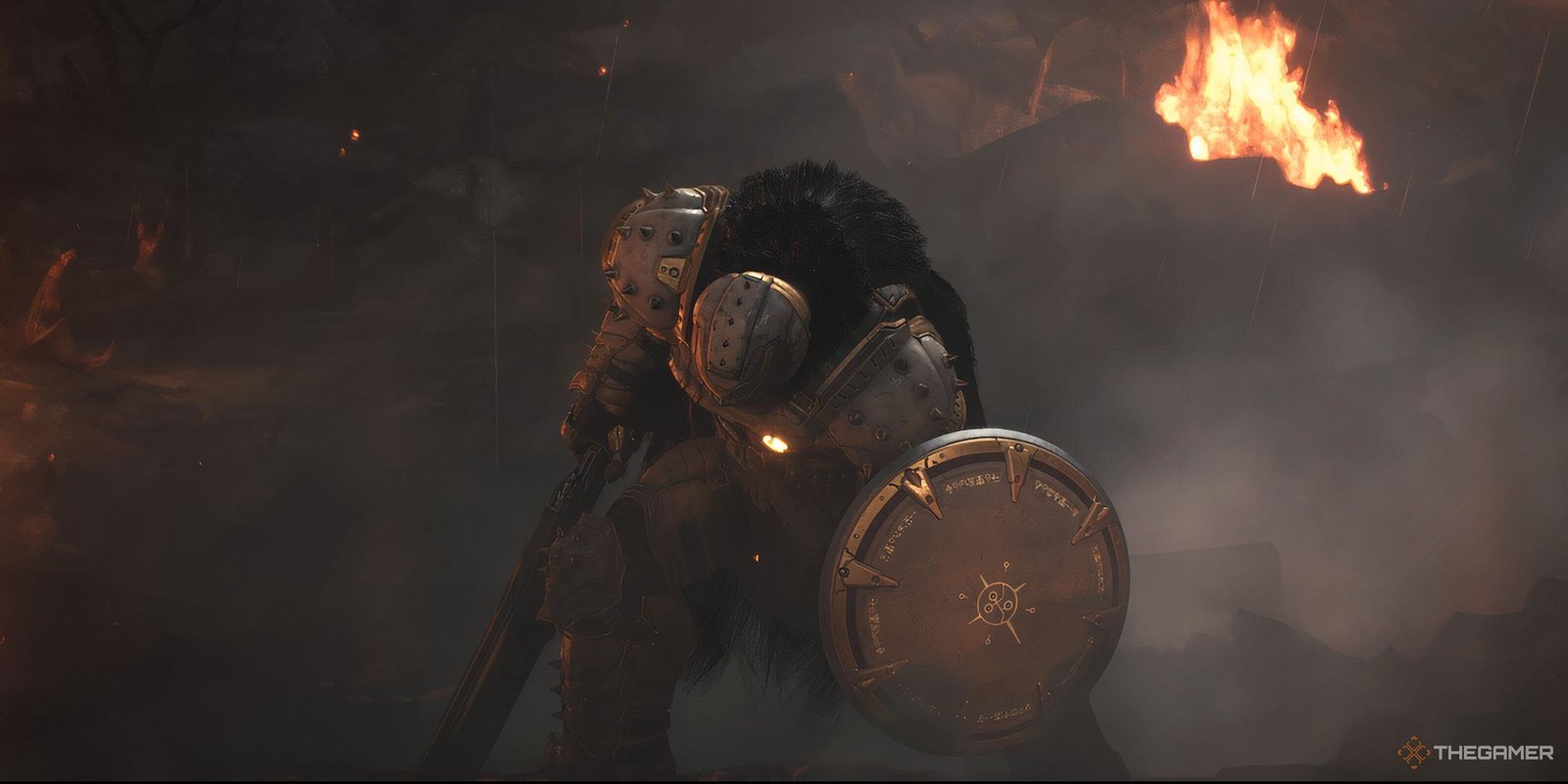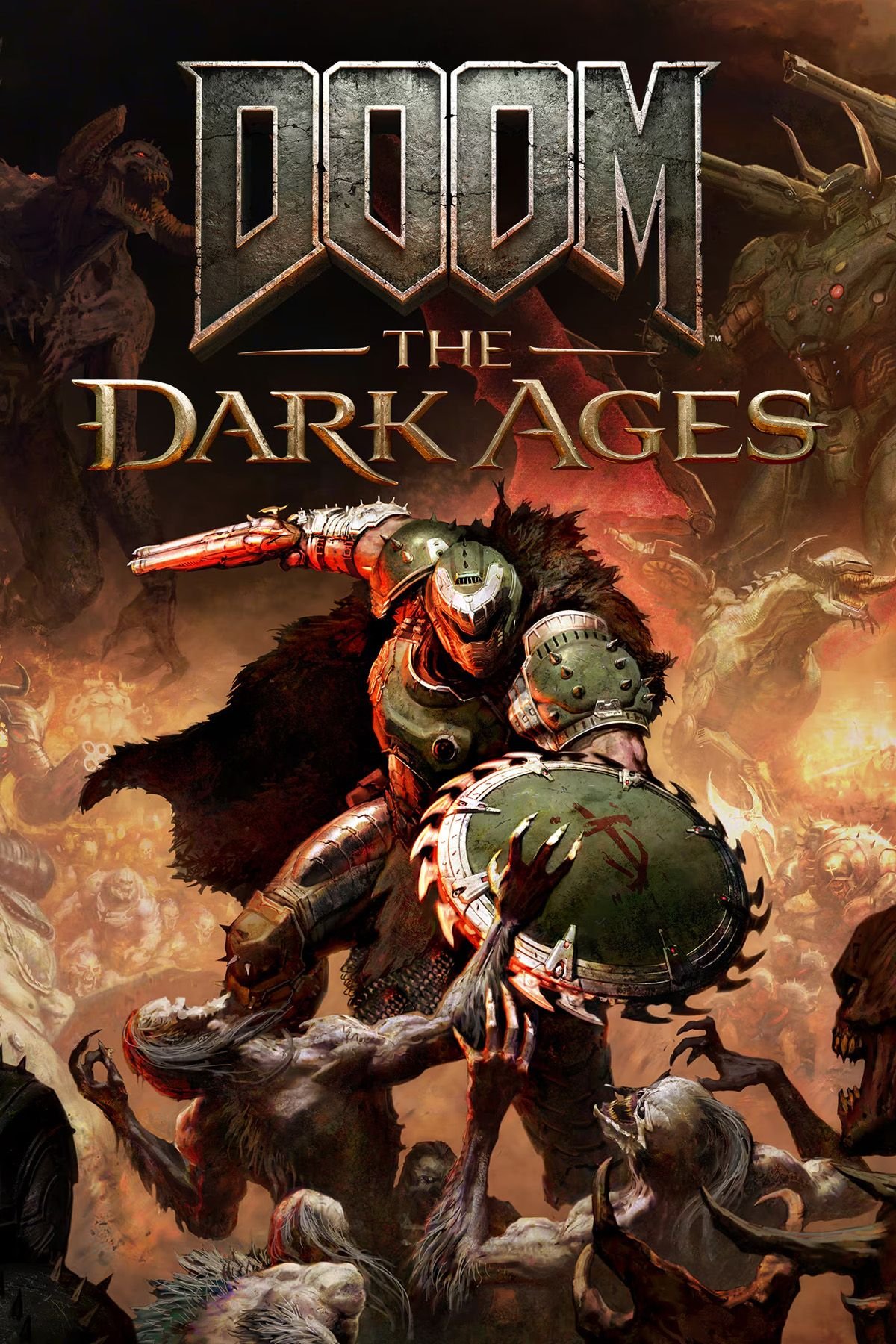Summary
- Doom: The Dark Ages might not have launched this year if it weren’t for ray-tracing.
- id Software’s director of engine technology, Billy Khan, explained that it significantly sped up development time when compared to the lengthier pre-baked maps.
- Ray-tracing also helps free up storage space, which despite the controversy around mandatory RTX, is a huge win for players.
After five years, we finally have a new Doom game to rip and tear through, but we could’ve been waiting a lot longer for The Dark Ages had it not been for ray-tracing.
Speaking to Digital Foundry, id Software’s director of engine technology, Billy Khan, tried to demystify some of the concerns around the next-gen feature and the performance hit it can have on lower-end hardware, especially with it becoming a mandatory requirement for some games, like Indiana Jones and the Great Circle and Star Wars Outlaws. He explained that ray-tracing is far more than just a fancy lightning technique; it’s a tool that significantly speeds up the development process.
“Ray tracing allows us to do WYSIWYG (what you see is what you get), replacing the approximate representation used by artists and designers with exactly what it’s going to look like on PC or console, without bakes that take hours upon hours,” Khan said. “It’s a 10x if not 100x improvement in iteration time. A lighter can now move a light in the middle of a meeting if we want a spot to be darker, for example.
For decades, developers have had to pre-bake lighting, which takes time to calculate. When changed, those calculations have to be run again, eating up development time.
“Without ray tracing and with the same design goals, we would have had to elongate the [development] time by a magnitude of years, because we wouldn’t have the ability to create the same type of content.”
Mandatory Ray-Tracing Might Be The New Norm, Soon Enough
Not only does ray-tracing help alleviate development time, hence why we have a new Doom game now, and not in 2027, but it also helps relax storage requirements. Just look at The Dark Ages, which is only 69.52GB, relatively low in today’s world (Eternal was 88.97 GB on PC). As ray-tracing is all done in real-time, it eats up less space than pre-baked maps, making things easier for developers and gamers alike.
So, while it might be controversial, it’s understandable why more games are no longer offering an option to turn ray-tracing off. As Khan said, “all platforms have ray tracing”. While he’s speaking about the platforms that The Dark Ages launched on — PC, Xbox Series X/S, and PS5 — even the Nintendo Switch 2 will support RTX when it launches next week.
For now, though, only a handful of games are embracing mandatory ray-tracing, so it isn’t quite the norm yet. But don’t be surprised if, in the near future, more developers opt in.




